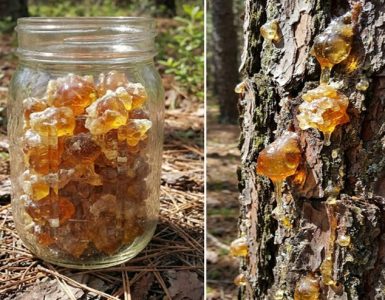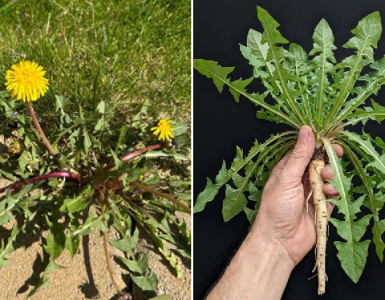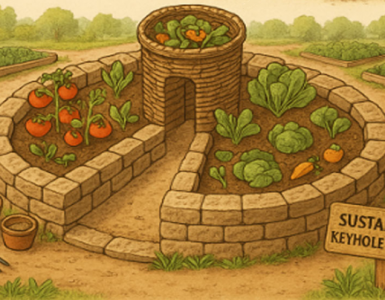Hydrangeas are renowned for their stunning blooms, but achieving those vibrant, lush flowers requires proper care and maintenance, including timely fertilization. If you’re looking to enhance the beauty of your hydrangea blooms without spending hours on complicated fertilizing routines, here are some quick tips that can yield impressive results in under two minutes.
Choose the Right Fertilizer
Opt for a fertilizer specifically formulated for acid-loving plants, as hydrangeas thrive in acidic soil. Look for products labeled for use on hydrangeas or designed for azaleas, rhododendrons, or other acid-loving plants.
Timing is Key
Apply fertilizer in early spring, just as new growth begins to emerge. This is when hydrangeas are actively growing and can best utilize the nutrients in the fertilizer to support healthy foliage and flower development. Avoid fertilizing late in the season, as it can encourage new growth that may not have time to harden off before winter, increasing the risk of cold damage.
Follow Application Guidelines
Read and follow the instructions on the fertilizer label carefully. Measure the appropriate amount of fertilizer according to the package directions to avoid over-fertilizing, which can burn the roots and harm the plant.
Apply Evenly Around the Base
Sprinkle the fertilizer evenly around the base of the hydrangea, extending out to the drip line. Avoid placing the fertilizer directly against the stem to prevent burning. If using granular fertilizer, lightly scratch it into the top inch of soil to help it penetrate to the roots.
Water Thoroughly
After applying the fertilizer, water the soil thoroughly to help activate the nutrients and carry them down to the roots. Ensure the soil is evenly moist but not waterlogged, as excessive moisture can lead to root rot.
Monitor and Adjust
Keep an eye on your hydrangea throughout the growing season and adjust your fertilizing routine as needed. If you notice signs of nutrient deficiencies, such as yellowing leaves or poor flower production, consider applying a balanced fertilizer or supplementing with specific nutrients like iron or magnesium.
Mulch for Moisture Retention
To help maintain soil moisture and regulate soil temperature, apply a layer of organic mulch, such as shredded bark or compost, around the base of the hydrangea. Mulch also helps suppress weeds, which can compete with the hydrangea for nutrients.
By following these quick and easy tips, you can provide your hydrangeas with the nutrients they need to produce an abundance of vibrant, beautiful blooms without spending hours on complicated fertilizing routines. With just a few minutes of care each season, you can enjoy a stunning display of hydrangea flowers that will brighten your garden and delight your senses.






Add comment